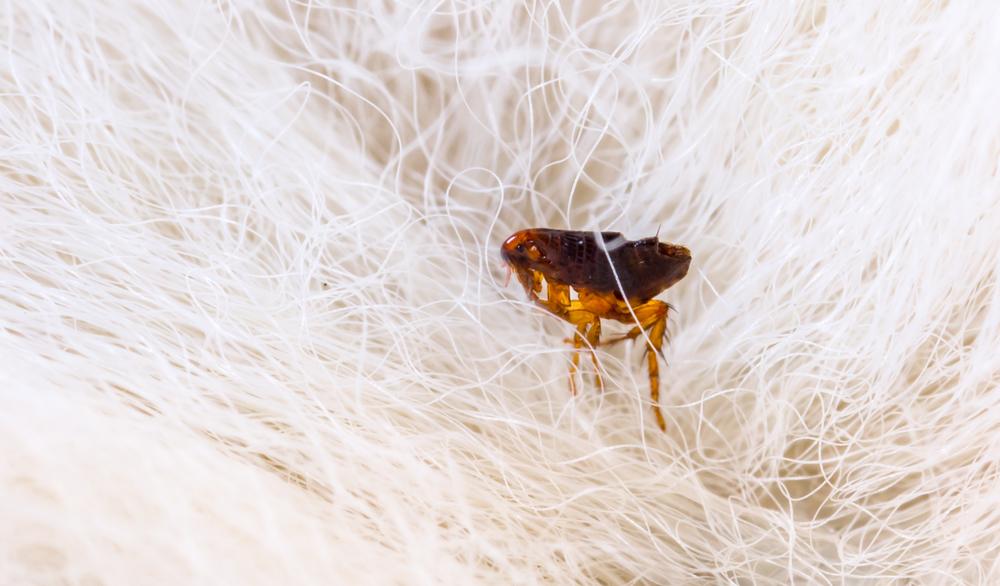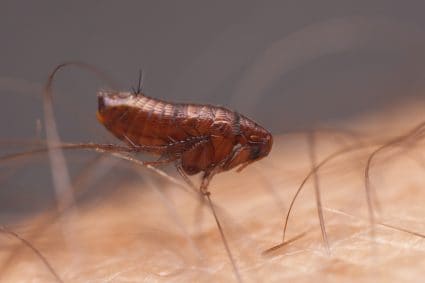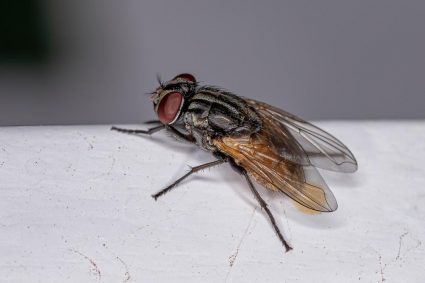
Flea infestations can be a major concern for pet owners. Not only do these tiny pests cause discomfort and irritation, but they can also transmit diseases. In this in-depth guide, we will explore where to get flea treatments, the most effective options available, costs involved, and preventive measures to avoid infestations.
You can get flea treatments for your pets both online and in-store. Online options include Chewy, CanadaPetCare, Petco, 1-800-PetMeds, Budget Pet Care, Dutch Pet, and CanadaVetExpress. In-store options include Target, PetSmart, Walmart, Lowe’s, and CVS. Always consult your veterinarian before purchasing any flea treatment to ensure it’s suitable for your pet’s specific needs.
Places to Get Flea Treatment
You can purchase flea treatments for pets both online and in-store. Some popular options include:
Online: 1. Chewy 2. CanadaPetCare 3. Petco 4. 1-800-PetMeds 5. Budget Pet Care 6. Dutch Pet 7. CanadaVetExpress
In-Store: 1. Target 2. PetSmart 3. Walmart 4. Lowe’s 5. CVS
Always consult your veterinarian before purchasing any flea treatment to determine the most suitable product for your pet’s specific needs.
Most Effective Flea Treatments
The most effective flea treatments on the market include a variety of topical, oral, and collar-based options. Here are some top recommendations:
- Frontline Plus
- Bravecto Chewables
- Flea Away Natural Flea, Tick & Mosquito Repellent
- Bayer Advantus Large Dogs’ Oral Flea Treatment
- Seresto Flea and Tick Collar
- Bravecto Topical Solution for Cats
- Revolution Plus Topical Solution for Cats
- Simparica Trio Chews for Dogs
- Advantage II Flea Control Treatment for Cats
- Vet’s Best Flea and Tick Spray
Consult with your veterinarian to determine the best flea treatment for your pet, as individual needs and regional factors may influence the most suitable option.
Cost of Flea Treatments
The costs of flea treatments vary depending on the type of treatment and the brand. Here are some approximate price ranges:
- Topical treatments: $26.97 – $46.63
- Oral treatments: $35.99 – $138.00 for cats, $26.59 – $43.99 for dogs
- Flea collars: $3.74 – $67.98 for dogs, around $9.99 for cats
- House and yard flea sprays: $7.99 – $19.99
- Prescription flea treatments: $10.99 – $82.99 for dogs, $10 – $50 and above for cats
Natural Flea Treatments
There are several natural and DIY flea treatments that you can prepare at home to help control fleas on your pets and in your living spaces. Some of these remedies include:
- Citrus extracts
- Apple cider vinegar
- Lemon juice
- Essential oils
- Diatomaceous earth
- Salt
- Rosemary flea dip
- Lemon spray
- Vinegar spray
Always consult with your veterinarian before trying any new remedy for your pet.
Professional Flea Treatment Services vs. At-Home Treatments
Professional flea treatment services are generally more effective and time-saving, but they can be costly. On the other hand, at-home treatments can be more affordable and convenient, but they may not be as effective in severe infestations and require consistent effort.
Preventive Measures
Prevention is the best way to avoid flea infestations. Here are some preventive measures to consider:
- Limit outdoor time and contact with wild or stray animals.
- Bathe and brush pets regularly.
- Check pets for fleas regularly.
- Maintain a clean home environment.
- Treat your yard.
- Use flea collars or flea prevention medicine.
- Wash pet toys, crates, and bedding in hot water weekly.
- Apply insecticides and insect growth regulators to your home environment.
By following these preventive measures, pet owners can significantly reduce the risk of flea infestations and protect their pets’ health.
In conclusion, dealing with flea infestations can be a challenging task. However, with the right information and resources, you can effectively manage and prevent these pests. Always consult with your veterinarian for personalized advice on the best treatments and methods for your pet.
Frequently Asked Questions
How often should I apply flea treatment?
The frequency of applying flea treatment depends on the product you’re using. Most topical treatments need to be applied monthly, while oral treatments can be administered monthly or every three months. Flea collars can provide protection for up to 8 months. Always refer to the product instructions or consult with your veterinarian.
Can I use dog flea treatment on my cat or vice versa?
No, you should never use dog flea treatment on cats or cat flea treatment on dogs. The ingredients can be harmful or even fatal to the wrong species. Always use species-specific flea treatments.
Are there any side effects to flea treatments?
Yes, some pets may experience side effects from flea treatments, such as skin irritation, vomiting, diarrhea, loss of appetite, or lethargy. If your pet exhibits any adverse reactions, contact your veterinarian immediately.
How can I tell if my pet has fleas?
Common signs of fleas in pets include excessive scratching, biting, or licking of the skin, hair loss, red or irritated skin, and the presence of flea dirt (black specks) in your pet’s coat.
Does flea treatment kill flea eggs and larvae?
Many flea treatments are designed to kill adult fleas and prevent the development of eggs and larvae. However, not all treatments have this capability, so it’s important to choose a product that offers comprehensive protection.











